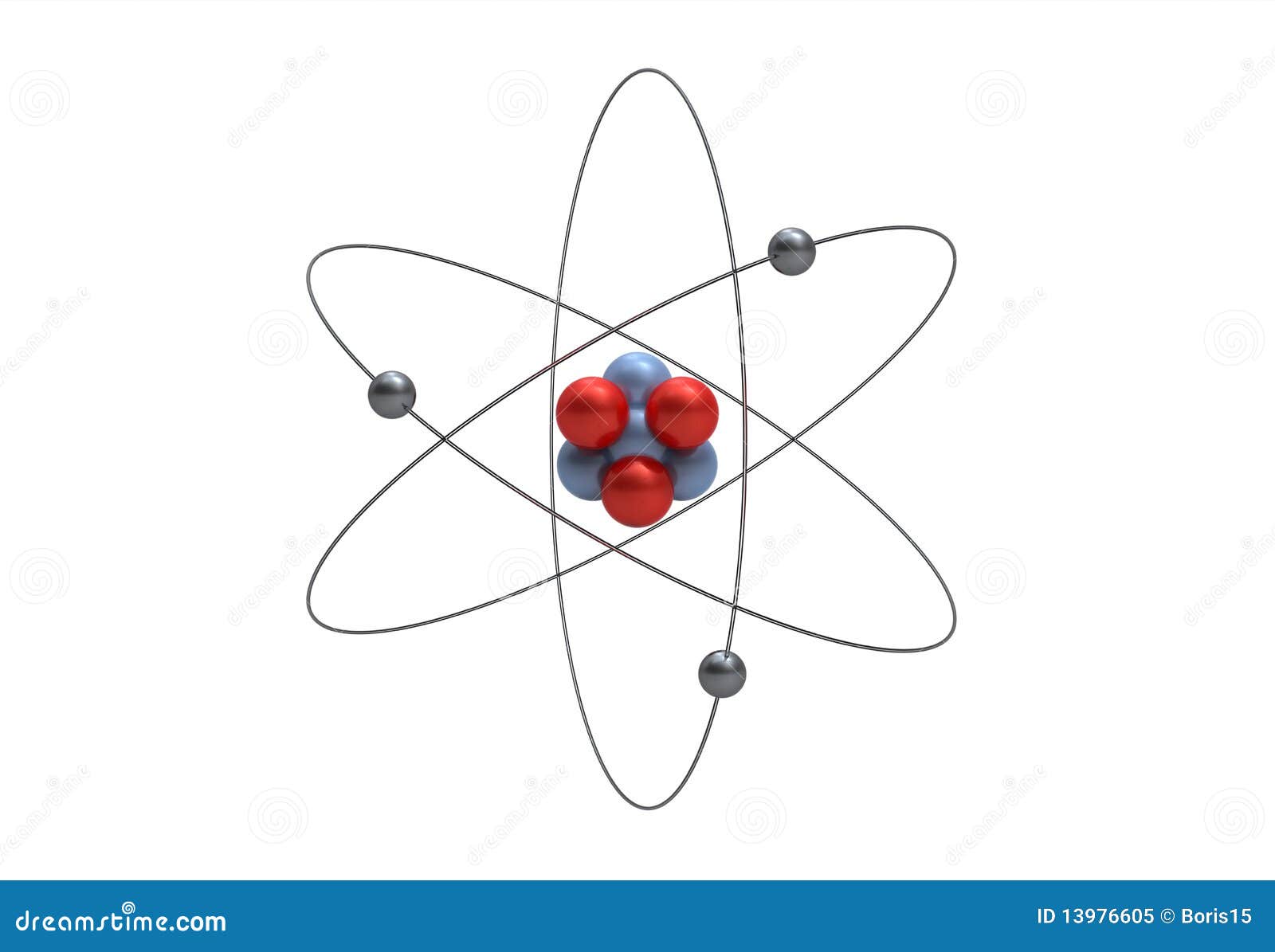

In this notation, the atomic number is not included.

Will a lithium atom transfer an elec-tron to a bromine atom to form. Symbol-mass format for the above atom would be written as Cr-52. Calculate the energy change in kilojoules per mole when lithium atoms lose an. Although lithium is often used in ultra-cold atom experiments for its. Under standard conditions, it is the least dense metal and the least dense solid element. We demonstrate a new laser cooling method suitable for a lithium atom interferometer. It is a soft, silvery-white alkali metal. For an example of this notation, look to the chromium atom shown below:Īnother way to refer to a specific atom is to write the mass number of the atom after the name, separated by a hyphen. Lithium (from Ancient Greek (lthos) 'stone') is a chemical element with the symbol Li and atomic number 3. Hydrogen atoms all have one electron occupying the space outside of the nucleus. Since atoms are neutral, the number of electrons in an atom is equal to the number of protons. 1: The social security number subatomic-the proton. The "A" value is written as a superscript while the "Z" value is written as a subscript. Lithium atoms have three protons, beryllium atoms have four, and so on. Both the atomic number and mass are written to the left of the chemical symbol. Explosion: Risk of fire and explosion on contact with combustible substances and water. Gives off irritating or toxic fumes (or gases) in a fire. The theoretical separation efficiency is about 8.0 percent.
LITHIUM ATOM FREE
Since lithium-6 atoms have a greater mean free path, they are collected preferentially. Many reactions may cause fire or explosion. Lithium atoms evaporate from the liquid surface and are collected on a cold surface positioned a few centimetres above the liquid surface. The composition of any atom can be illustrated with a shorthand notation called A/Z format. Effects of exposure to Lithium: Fire: Flammable. The atomic mass or relative isotopic mass refers to the mass of a single particle, and therefore is tied to a certain specific isotope of an element.


 0 kommentar(er)
0 kommentar(er)
